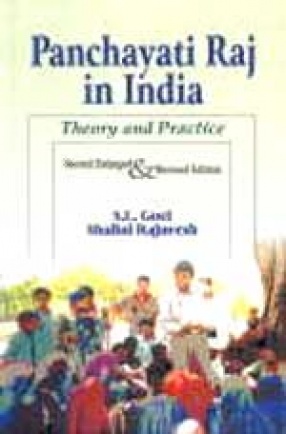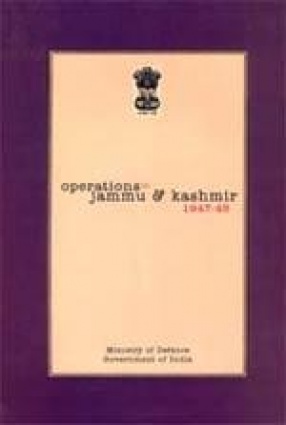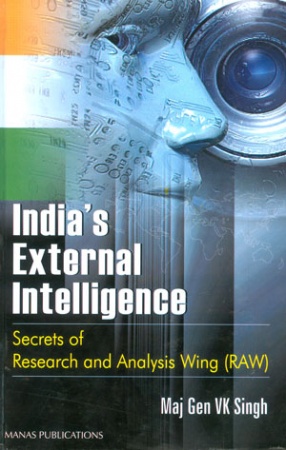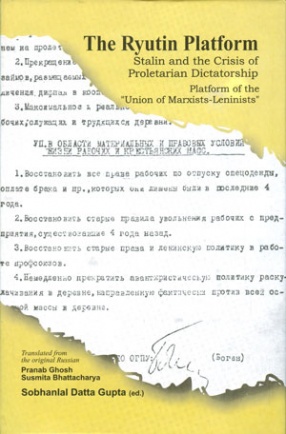Panchayati Raj in India: Theory and Practice
Synopsis
Panchayati Raj was in existence since ancient India. After independence, Government of India was committed to set-up Panchayati Raj System to provide real Swaraj to the people of rural areas to come out of abject poverty, unemployment, illiteracy, squalor, disease, etc. The latest development in this direction is the Constitutional Amendment (73 and 74) of 1992 which aims to provide constitutional status to Panchayati Raj System. The amendment stressed the importance of Gram Sabha and made it obligatory to set-up Gram Sabha as a part of PRI system.
In this second edition of the book "Panchayati Raj in India : Theory and Practice", within a compass of 18 chapters, all aspects of Panchayati Raj system have been analysed critically to come out with concrete suggestions for improvement. Chapter 1 discusses the genesis, growth and diversification of PRI system in India followed by chapter 2, which deals with 73 Amendment critically and its relation with good governance. Chapter 3 examines organisation and functions. Chapter 4 examines the central axle of PRI system that is ‘Gram Sabha’. An attempt has been made to suggest methods to strengthen Gram Sabha, which is the body to ensure people’s participation. Chapters 5, 6 and 7 deal with components of Panchayati Raj System, i.e. Gram Panchayat, Block Panchayat and Zilla Panchayat. Chapters 8, 9 and 10 deal with training and capacity building of elected functionaries, financial administration, planning, personnel administration in PRI system. It is seen that the prevalent system of administration has great stronghold over PRIs and is not encouraging devolution of powers. Chapters 11, 12 and 13 deal with people’s participation, women empowerment and programme administration, Chapter 14 examines the Rural Employment Guarantee Scheme. Chapters 15, 16 and 17 deal with planning for PRIs, NGOs and Panchayati Raj and State Control over PRIs. These are important issues which are instrumental in ushering development in rural areas. Chapter 18 gives the conclusions with recent developments and suggestions for improvement in various areas. An appendix "Bharat Nirman" has been added from Eleventh Five Year Plan 2007-2012. All the chapters have been supplemented with charts, tables, case studies, etc. to make them comprehensive and illustrative. All the latest reports of Government of India including standing committee reports have been taken into account. The book would be of great use to students, faculty members, policy-makers, planners, decision-makers and elected members of PRI system. The book examines the current issues in detail. The emphasis of the book is to suggest ways and means to develop PRI system in right earnest and not through use of ad hoc methods.
Read more
In this second edition of the book "Panchayati Raj in India : Theory and Practice", within a compass of 18 chapters, all aspects of Panchayati Raj system have been analysed critically to come out with concrete suggestions for improvement. Chapter 1 discusses the genesis, growth and diversification of PRI system in India followed by chapter 2, which deals with 73 Amendment critically and its relation with good governance. Chapter 3 examines organisation and functions. Chapter 4 examines the central axle of PRI system that is ‘Gram Sabha’. An attempt has been made to suggest methods to strengthen Gram Sabha, which is the body to ensure people’s participation. Chapters 5, 6 and 7 deal with components of Panchayati Raj System, i.e. Gram Panchayat, Block Panchayat and Zilla Panchayat. Chapters 8, 9 and 10 deal with training and capacity building of elected functionaries, financial administration, planning, personnel administration in PRI system. It is seen that the prevalent system of administration has great stronghold over PRIs and is not encouraging devolution of powers. Chapters 11, 12 and 13 deal with people’s participation, women empowerment and programme administration, Chapter 14 examines the Rural Employment Guarantee Scheme. Chapters 15, 16 and 17 deal with planning for PRIs, NGOs and Panchayati Raj and State Control over PRIs. These are important issues which are instrumental in ushering development in rural areas. Chapter 18 gives the conclusions with recent developments and suggestions for improvement in various areas. An appendix "Bharat Nirman" has been added from Eleventh Five Year Plan 2007-2012. All the chapters have been supplemented with charts, tables, case studies, etc. to make them comprehensive and illustrative. All the latest reports of Government of India including standing committee reports have been taken into account. The book would be of great use to students, faculty members, policy-makers, planners, decision-makers and elected members of PRI system. The book examines the current issues in detail. The emphasis of the book is to suggest ways and means to develop PRI system in right earnest and not through use of ad hoc methods.
80.10
72.09
$
89.00 $
Free delivery Wolrdwidе in 10-18 days
Ships in 1-7 days from New Delhi
Membership for 1 Year $35.00
Get it now and save 10%
Get it now and save 10%
BECOME A MEMBER










Bibliographic information
S L Goel